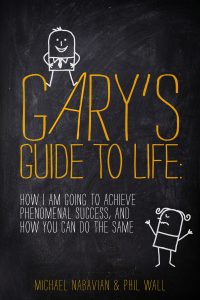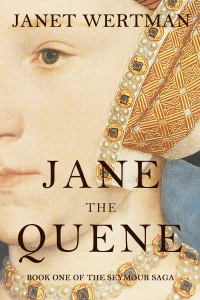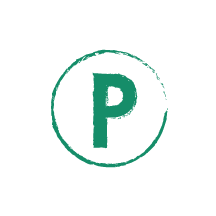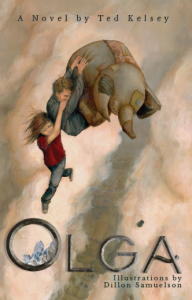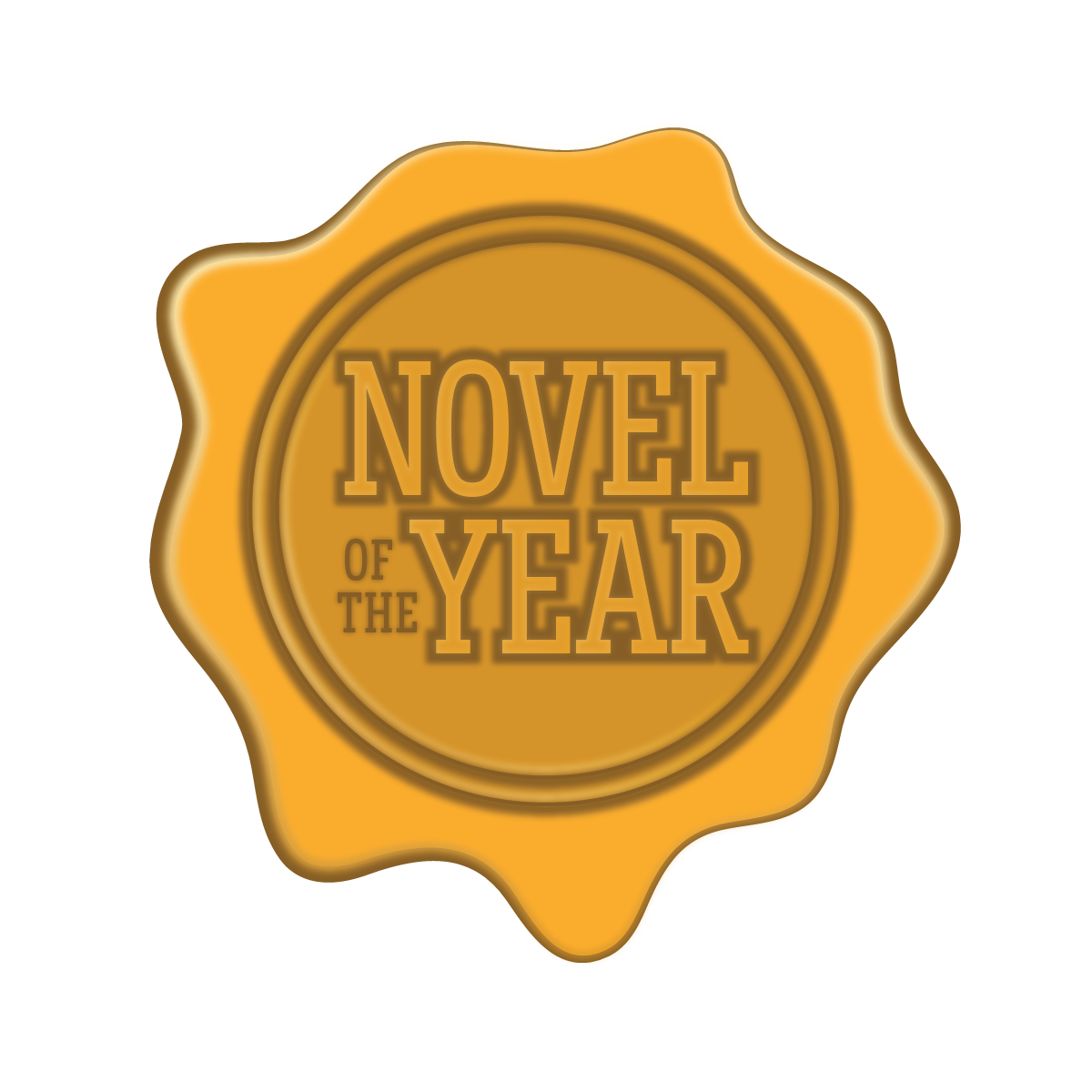The Rundown
The Recommendation
The Rating
The Links
The Reviewer
Lauren Faulkenberry
Visit Lauren Faulkenberry‘s website.For me, the hardest part about being an author isn’t the writing. It’s the self-promotion that comes with publishing. But today, with so many books being published and so many being promoted online, we authors have to find a variety of creative ways to promote our books to get them in the hands of new readers. (Caveat: There CAN be too much of a good thing. You CAN do too much promotion of the same material and make your followers tired of seeing you in all of their feeds. These steps will help you avoid that.) So how do you make your book stand out of the crowd without being annoying? How do you start promoting when your book launches? Read on.
- Set up giveaways. This is a no-brainer. We’d all love to be featured in places like BookBub and sell a bazillion copies of our book for 99 cents. Until then, set up giveaways to create interest in your book and engage a wider audience. Goodreads, Library Thing, and Amazon are all great places to launch a giveaway. You can give winners autographed print copies, eBooks, or you can create “swag bags” that include some other fun freebies: bookmarks, magnets, coffee mugs, or tote bags. If you have multiple books, do a giveaway for the entire group. Example: the third book in my Bayou series will be published in October. My fall giveaway will be for all three books in the series, in eBook format. TIP: Doing the same giveaway can get tiresome. To liven things up, try teaming up with a couple of writers in the same genre as you and offer the group of books as a prize. If each writer uses social media to promote the giveaway, then your audience can immediately triple in size—just from the promotion.
- Create an author newsletter. As indie authors, we have to work hard to engage with our audience. As you collect readers, you want to stay in contact with them. Create community by developing a newsletter that you send out to subscribers 1-2 times a month. (I use Mail Chimp, and it’s super easy.) My friend and colleague Katie Rose Guest Pryal has excellent advice for starting your newsletter. You want to keep it short and sweet, and include engaging content. The short list is this: Use photos. List your upcoming giveaways and new releases. Mention a book you’re reading that you love. Promote another author and her book deal. Create a snapshot of your writing life. (Or include a wacky anecdote from your personal life.) See Katie’s newsletter here, and see an example of mine here. Newsletters will help you connect with readers and fellow authors, and will help you generate buzz when future books come out. This is a step you absolutely SHOULD NOT SKIP. Readers like to get a glimpse into their favorite writers’ lives. Being likeable and approachable goes a long way.
- Offer ARCs and get early reviews. ARCs (advanced reader copies) are a must-do for indie authors. I use Goodreads, NetGalley, and Library Thing and have had good results with all three. The benefit of ARCs is that you gather some reviews before your book is officially released. Why is that important? When your book is officially released, you then have a star rating in place and you have reviews readers can see. We’re all more likely to buy a book that has reviews: each review reveals something about the book, but it also reveals an emotional connection the reader made with the book. Having a handful of reviews (and even just star ratings) will make readers more likely to take a chance on a book by a new author. PLUS when you have those reviews, you’re able to use them for other promos on social media, and for things like Canva (we’ll get to that later.) Goodreads even has a forum for ARC offers, so you can easily post a brief synopsis of your book, post the cover image, and have interested readers email you for their eBook. These sites make it very clear that a reader who asks for an ARC is agreeing to leave reviews on Amazon and Goodreads. Generally these readers will say in their review, “I was given a copy of this book in exchange for my honest review.” TIP: Make it clear what genre you are writing in. You want to avoid the dreaded 1-star reviews that begin with, “I don’t read in this genre…”
- Get savvy with the social media. I’ll do a whole article on this topic later, but for starters, know that you need at least one social media platform that works for you. Facebook, Twitter, Instagram, and Pinterest are widely used by authors. Because I crave efficiency and have limited time for the social pages, I’ve linked my Facebook, Twitter, and Instagram so that I can create one post that is shared on all three sources. Every author has her favorites, and I don’t think it’s necessary to use all four. But despite how you may feel about social media, it’s the easiest way for you to connect with your readers and fans. It’s the fastest way for you to get the word out about giveaways and new releases, and it’s a resource you shouldn’t shy away from. While some followers will overlap on all three platforms, others won’t—because readers have their favorite platforms, too. If you’re active on two of these sites, you can potentially double your number of followers and double your audience. (And that’s not counting all the shares, because you’re going to create engaging content that people want to share with their friends, right? Of course you are.) Bonus tip: Tweetdeck and Hootsuite both let you schedule posts and tweets so you can sit down and write all of them at one time—you don’t have to remember to tweet and post 5x a day anymore. In a couple of hours, you can schedule a week’s worth of posts and promos.
- Connect with bloggers and write guest posts. Follow book bloggers on your social media platforms of choice, and then reach out to them. Read their blogs and look at the kinds of books they’re reviewing. Join Facebook groups for writers. Follow other authors, book bloggers, and book reviewers on Twitter. Reach out to some that read in your genre and offer to write a guest post or do an interview (and include a giveaway for that blogger’s readers). Quite often bloggers and reviewers will post calls seeking authors to review or interview on their websites (book bloggers love to find new writers). When my first novel was released, I was lucky to spot a few of these calls in a Facebook writers’ group I’m in. I contacted them immediately and was featured on a handful of sites right after my novel’s release. This is a great way for you to reach a wider audience and connect with new readers. (Don’t forget to offer a free eBook to these bloggers and reviewers, and invite them to join your newsletter so they’ll know about your future giveaways.)
- Team up with another writer to do readings and book signings. Some things are better when you have a partner (See #1). Teaming up with a fellow author to do a reading is a great way to widen your audience and build readership. Bonus: you can read for a shorter period of time and still give your audience a full evening. It’s hard to hold an audience’s attention for more than 10 minutes, and you don’t want to read for too long. (Always leave them wanting more, remember?) If you have a partner, you can both read for an appropriate amount of time, have a few minutes set aside for Q and A, and your audience feels like they got a great two-for-one deal. My friend Katie and I have set up two readings already this summer: one where she lives and one where I’m located. The indie bookstores we contacted were quick to offer us a night to read—remember, they’re looking for ways to get readers through the door, too—and having us both reading is a good opportunity for them to sell more books, too. It can be hard to set up readings, especially if you have to travel to get to bookstores, but don’t be shy about contacting those in your neighborhood. Most are quite receptive to bringing in new authors: especially if you can guarantee that a dozen of your friends will be there. (Offering a door prize and sending invitations via social media is a great way to get some folks you know to come out and support you.)
- Apply to present and take part in panels at book festivals. There are hundreds of book festivals happening each year, and for many of them, all authors need to do is apply for a spot in the lineup. A quick Google search for “book festival” will get you started. Lots of smaller cities and towns have festivals in the spring and summer and are actively looking for new authors to participate. Sometimes that means reading or speaking on a panel. Sometimes that includes a signing. Check the logistical details when you apply: some festivals require authors to man a table, signing books as people purchase them. Others have a central sales table and only require authors to participate for a couple of hours, leaving you ample time to attend other readings and connect with readers and other authors. You likely won’t be paid to attend such events, but again, this is a perfect opportunity for you to gain followers and readers. Go prepared: have bookmarks printed that list your social media sites, highlight a free eBook, or include a link to your newsletter. Some people don’t buy a ton of books at festivals, but they’re compiling reading lists. Have something like a bookmark or magnet that you can offer as a free item that will remind readers of your book when they get home.
These tips will get you started with promotion. I’ve got more promotion ideas to share in the coming months, but if you have a tactic that’s worked well for you, tell me about it in the comments.




